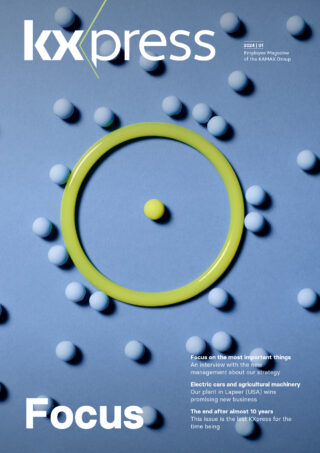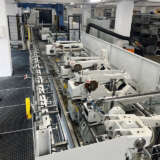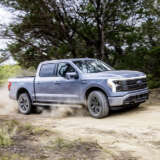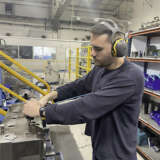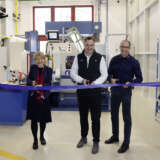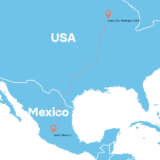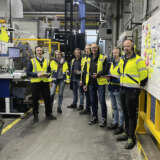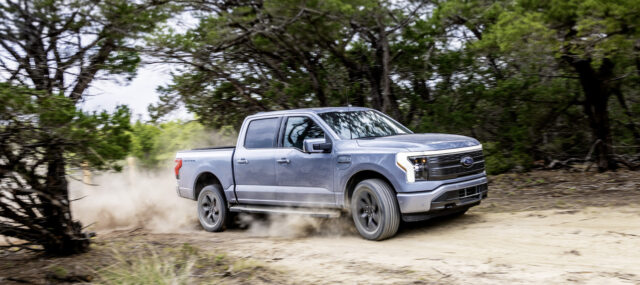
Large orders
for large vehicles
What is better than a new order? Two new orders! We have launched some major new projects in Lapeer (USA) for John Deere and Ford: our fasteners are fitted in the engines used by this agricultural machinery manufacturer and in the suspension system for the electric model of the new Ford pick-up truck.
Ford has already been an important customer for many years now. Thanks to the effort that we put into maintaining good relationships with our customers and the impressive products we can offer them, we are now supplying five different bolts for their suspension systems – and we are doing so in the electromobility market that is so important for the future. A new factory is being built in the “Blue Oval City” in Tennessee that will be devoted entirely to the production of the next generation of Ford’s electric pick-up truck: the Ford T3. Starting in 2025, approximately 500,000 vehicles will leave the production line here every year.
Small cam bolts with a huge impact
The suspension system on a vehicle like the Ford e-truck should ensure safe driving and see to it, for example, that the wheels always maintain good contact with the road surface. To achieve this, the fasteners are designed to be flexible enough to withstand the movements of the vehicle while simultaneously maintaining a secure connection.
Something that is particularly interesting in this regard are the cam bolts that we supply to Ford. Thanks to this cam bolt’s design, it is able to vary the wheel alignment. This has a positive impact on the chassis’ geometry and results in optimized driving characteristics and extended tire life, among other benefits.
If everything goes as planned, this order will result in over ten million US dollars in sales every year, allowing us to not only solidify our position as a supplier for the electromobility sector in the North America, but also to expand in this area.

New application for our bolts in the US: agricultural machinery
Bolts for agricultural machinery
While the wheels on a Ford pick-up truck are larger than those on most passenger vehicles, they appear almost tiny when placed alongside the wheels on the vehicles produced by John Deere. The agricultural machinery producer, which was established in the USA in 1836, now offers a wide range of products. These encompass not only agricultural and forestry machinery and other heavy equipment (including tractors), but also diesel engines and power trains – including axles, gear units, and transmissions for heavy machinery – and lawn care equipment.
The collaboration began with various diesel engines: John Deere’s E20 and E30 are four-cylinder in-line engines, while the E40 is a six-cylinder in-line engine. Our critical fasteners are used for the cylinder heads, main bearing caps, flywheels, and crankshafts. John Deere has assigned a total of five part numbers to KAMAX – with an option for more. There is talk of a total of some 2.5 million parts – and three million US dollars in sales – on an annual basis. Seeing as these figures are nothing too extraordinary for a company like KAMAX, it is essential that the process be made as efficient as possible.

Agricultural machinery from John Deere
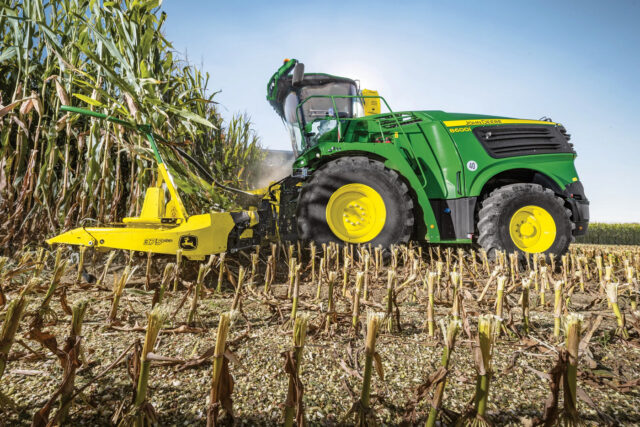
Things have gotten off to a good start: in early 2024 we produced two parts and delivered them to John Deere at the end of January. The other three followed at the end of March. This means that the project is very much on schedule, and the production of prototype engines is underway. The E20 engines should enter full-scale production in 2025, with the E30 and E40 engines following in 2026. Another welcome development is John Deere’s interest in integrating additional KAMAX locations in Europe into the production of con-rod bolts for John Deere.
Participating in development right from the start
There’s no question that John Deere is an industry heavyweight, and analysts expect the company to enjoy healthy growth. This means that there is every reason to believe that we will be able to expand our collaboration, for example by supplying them with fasteners in areas that are not safety-critical. David Winn, Vice President of Engineering in North America: “Particularly when it comes to developing new and innovative solutions for improving performance, we can grow together with our customers. Experience has shown that if we are involved in parts design right from the start, we have an excellent chance of also being awarded the contract.”
These two contracts are also positive in other ways: not only have we successfully generated new business with excellent growth prospects, but we have also taken an important step towards reducing our reliance on the conventional automotive sector.
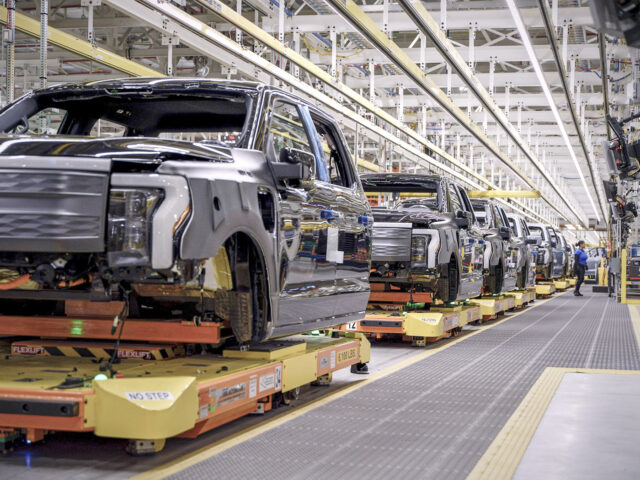
Insight into Ford production
KXpress
